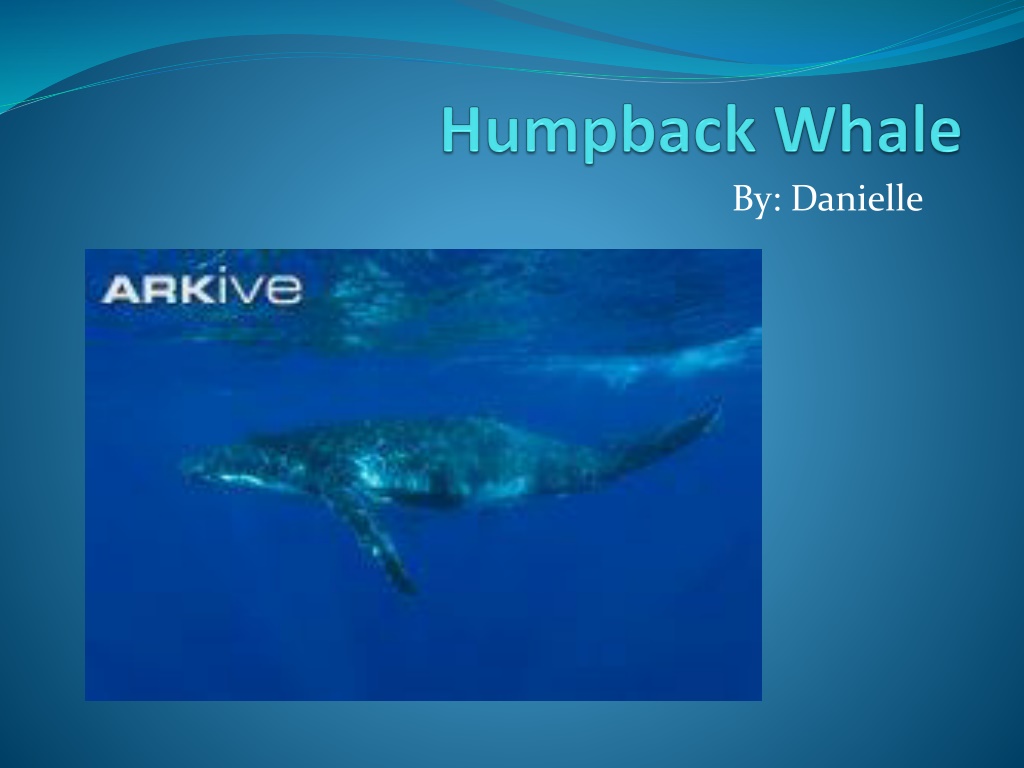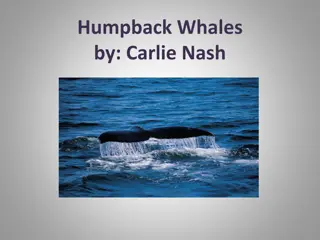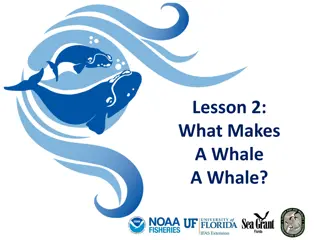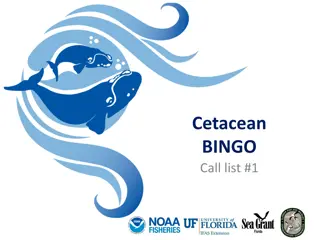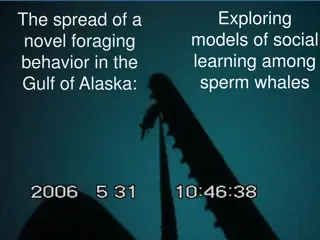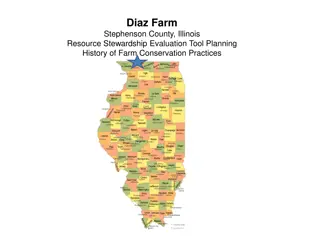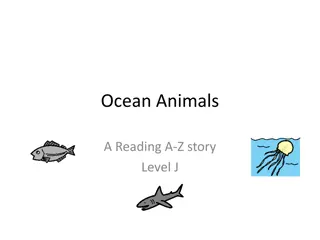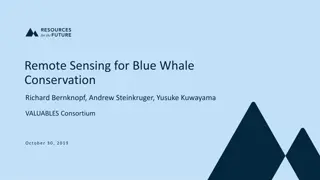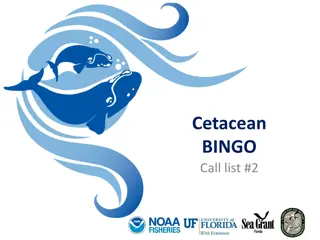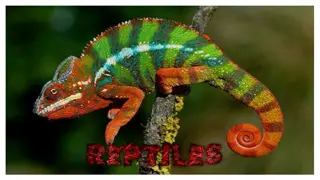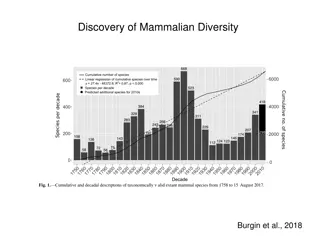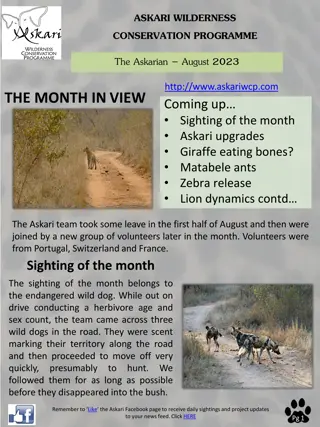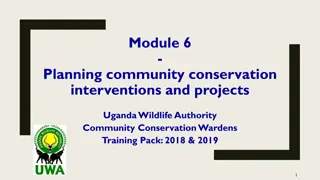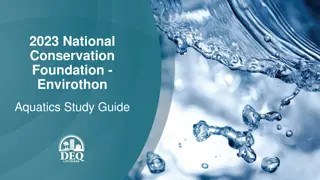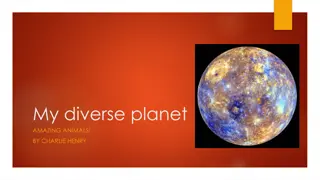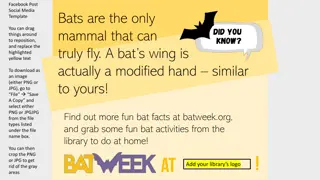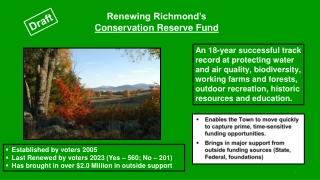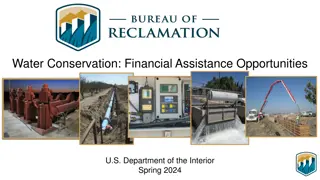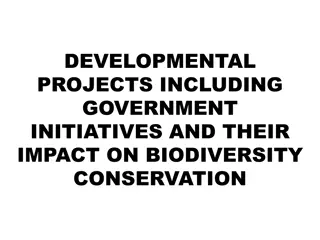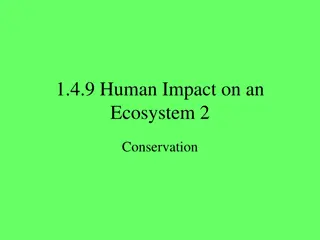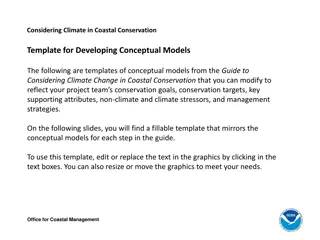Fascinating Facts About Humpback Whales - A Conservation Story
Humpback whales, with their distinctive features and behaviors, are fascinating creatures residing in oceans worldwide. They face endangerment due to factors like hunting, entanglement in fishing gear, and habitat degradation. Fortunately, conservation efforts have led to promising signs of recovery, particularly in the North Atlantic. These majestic giants, with interesting traits like vocalizations and nurturing behavior, play a crucial role in marine ecosystems. It is essential to continue safeguarding their existence through conservation measures and public awareness.
Download Presentation

Please find below an Image/Link to download the presentation.
The content on the website is provided AS IS for your information and personal use only. It may not be sold, licensed, or shared on other websites without obtaining consent from the author. Download presentation by click this link. If you encounter any issues during the download, it is possible that the publisher has removed the file from their server.
E N D
Presentation Transcript
Biome Humpback whales live in all oceans but are uncommon in artic regions. During summer months they migrate to higher altitudes.
Description Dark gray to black on their backs white patterns on their stomach. Chunky, Heavy bodied They can weigh 30-40 tons. They are usually 30-60 feet in length. Robust body Fewer throat grooves Dorsal fin that varies in shape and size Very long white flippers Knob- like bumps on head and snout each holding 1 hair Size related to a bus:
Diet Humpback whales are omnivores. They will eat: Tiny shrimplike krill Plankton Small fish
Young (Offspring) Baby humpback whales are called calves. (calf) They are 15 feet at birth. Humpback whales calf every year. Sometimes about 2-3 years. Births between January and March Gestation takes 11-12 months Nurses for about 1 year Don t stop growing until 10 years old
Predators Humpback whales have only 1 predator, humans.
Remaining Population Status: Endangered There is an estimated 25,000 to 30,000 left.
Reasons Its Endangered Humpback whales are endangered because of: Whale Hunting (Humans) Getting tangled in fishing equipment. Collisions with ships Acoustic disturbance Habitat degradation
Conservation Measures Humpback whales gained protection in 1962 through the International Whaling Commission. Since then they have shown signs of recovery in the North Atlantic.
Fun Facts Humpback whales have 2 blowholes. The hotline number for reporting stranded animals is (631)369-9829 They do vocalizations to communicate with each other. Female Humpback Whale helping calf to the surface.
Humpback Whale Video C:\Users\dklem\AppData\Local\Microsoft\Windows\Temporary Internet Files\Content.IE5\1BKP52ZK\MC900383698[1].wmf
Vocalizations Humpback whales communicate by doing vocalizations.
Work Cited Kops, Deborah. The Humpback Whale- Help Save the Endangered Species. New Jersey: Enslow Publishers Inc., 1995. October 9th, 2012 Department of Environmental Conservation. Humpback Whale Fact Sheet . Internet. <http://www.dec.ny.gov/animals/9365.html > 10/10/12 National Geographic. Humpback Whale . Internet < http://aniamls.natonalgeographic.com/ > 10/10/12
Work Cited Page 2 Arkive. Image results for humpback Whale . Internet < http://www.arkive.org/explore/species?q=humpback+whal es#images/all/all/2?q+humpback%20whales&_suid+13498 929314440444736906637337877 > 10/10/12 Arkive. Humpback Whale . Internet. < http://www.arkive.org/humpback-whale/megaptera- novaeangliae/video-06b.html > 10/17/12 Journey North. Humpback Whale . Internet. < http://www.learner.org/jnorth/tm/hwhale/singinghumpba ck.html > 10/12/10
